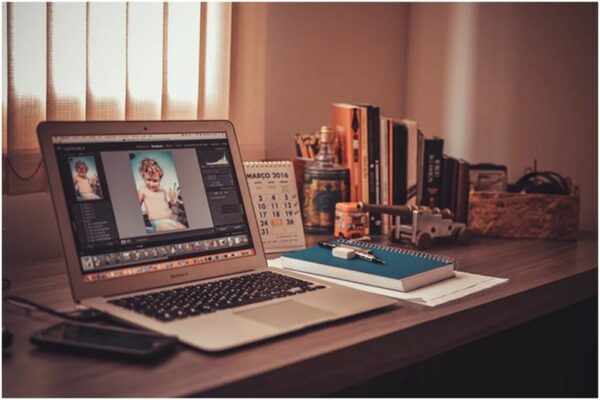Video editors have to be artists – the blade of the editor can’t produce meaning on its own. They must pay attention to the details to make their video appealing. One of the most popular video editing techniques is the hard cut. It involves a simple cut between two clips, usually with a title at the end of the first one. But they have to be attentive to their audiences. Here are some video editing tips to help you become a better editor:
1. Cutaways
Cutaways are a common way to fill gaps in a sequence, while also covering mistakes in the scene coverage. They can also be used to carry on the suggested action or dialogue between characters. These post-production and production tools help filmmakers fill out projects and construct scenes with a more compelling visual experience. However, they shouldn’t be used as the sole means of conveying important information. Read on for more information on the purpose of cutaways in video editing.
The cutaway can show a lot of different things at once, like a robot’s parts, or a man cooking a dish. Using a cutaway gives the audience the feeling that they are looking through the objects. Cutaways are often used in scenes where many scenes unfold at the same time, to give the viewers context and to make the dialogue more compelling. Here are some examples of when cutaways are the right choice for your project.
2. Transitions

Most popular among video transitions are the dissolves and cross-dissolves, which layer two clips. They symbolise the passing of time, change of location, and subject matter, and should last no longer than one second. Other transitions, such as the reverse dissolve, are used to emphasise a dramatic shift or emotional moment in a video. Here are some tips on how to choose video transitions. If you have some creative freedom, you can even make your own.
Filmmakers use transitions to connect scenes and set the stage for the next one. This technique helps the viewer enter the scene and conveys mood and tone. Often, these transitions are chosen selectively to convey a story’s mood, and are used to separate different parts of a video. There are five common types of transitions in video editing: add, cut, dissolve, and consequently. Learn how to create and use each one to enhance the storyline and appeal to viewers.
3. Organisation
Keeping track of all your video footage is critical in video editing. Videos without a home tend to get deleted. Organisation will help you to find everything easier. Create folders for each part of your video, and then make subfolders within each of those folders. For example, an audio folder may contain music, soundscapes, SFX, and mic audio. Make sure you have a master folder for each of these.
When organising video assets, create a folder for each type. For example, a documentary editor will likely have separate folders for A-Roll interviews, B-Roll cutaways, and stock footage. Separate them into different folders by subject. By creating a clear file structure, you’ll quickly find the asset you’re looking for. This method is also helpful if you plan to work with multiple editors. It will save time when you can easily refer to a specific segment of a project.
4. Body language

In addition to sound and vision, body language has an important role in storytelling. The way that people move and interact with each other in a narrative context determines their body language. Learn to use body language to make your videos more engaging, compelling, and more engaging. Read on for more information. Let’s get started! Using body language in video editing will make your videos more engaging! Here are some examples of body language in video editing.
One of the most effective ways to create an impactful video is by integrating body language into your video. You can do this by dressing for success and using gestures to communicate your message. Make sure your lighting and composition are good for your video. Adding a little body language to your videos will make your video look more professional. Also, remember that seventy-three percent of human communication is non-verbal. Make sure to be confident and presentable.
5. Alternative tracks
There are several types of music that can be used in video editing. There are free and commercial licences available, and there are also CC-licensed tracks. CC-BY licences are generally free to use, as long as you give attribution to the artist. CC-SA, on the other hand, requires that you give the author credit for the track, as long as it is not used for commercial purposes. If you’d like to use a track that is not free, consider CC-NC or CC-ND licensing. These licences are great for personal projects, but remember to check the restrictions before using them.
Another good alternative to vocals is music that is popular among viewers. Popular music can attract a new audience when used in videos and create a younger following. Popular tracks can be found in genres ranging from classical to jazz to world music. Some people may even prefer the ambiance of regional or traditional music to be portrayed through their lyrics. In either case, you can always use a vocal track if you want to achieve a more professional-sounding final product.
Article Submitted By Community Writer




